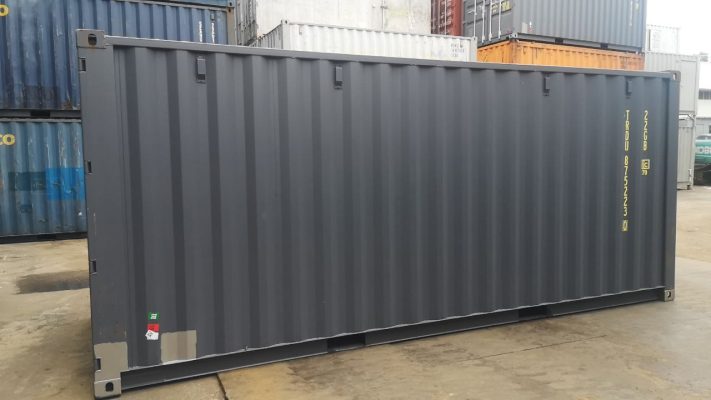Affordable Shipping Container Alternatives for Modern Living Spaces

In recent years, shipping containers have gained popularity as a cost-effective and eco-friendly solution for modern living spaces. However, they are not the only affordable alternative for those seeking unique, sustainable, and functional living solutions. If you’re considering unconventional housing options, here are some noteworthy alternatives to shipping containers that can provide both affordability and modernity.
1. Tiny Homes
Tiny homes have surged in popularity due to their affordability and efficiency. These compact dwellings typically range from 100 to 400 square feet, making them a great choice for minimalist living. Tiny homes can be built on trailers for mobility or on permanent foundations. They offer a variety of designs, from rustic to modern, and can be customized to include all the necessary amenities.
Pros: Tiny homes are often less expensive than traditional homes and can reduce living costs significantly. Their small size also means lower utility bills and less maintenance.
Cons: Limited space can be a challenge, especially if you have a family or lots of belongings. Additionally, local zoning laws and building codes can sometimes restrict the use of tiny homes.
2. Modular Homes
Modular homes, also known as prefabricated homes, are built in sections or modules in a factory and then assembled on-site. This construction method can be more affordable than traditional building methods due to reduced labor costs and faster construction times.
Pros: Modular homes can be customized to suit different styles and needs, and they typically offer better insulation and energy efficiency compared to older homes. They also have the advantage of quicker construction times.
Cons: While modular homes are generally more affordable, customization options can affect the final price. Additionally, transporting and assembling modular homes requires careful planning and can incur additional costs.
3. Yurts
Yurts are portable, circular tents traditionally used by nomadic cultures in Central Asia. Modern yurts are designed with updated materials and can include amenities such as plumbing, electricity, and insulation. They offer a unique living experience and are often used for vacation homes or as alternative residences.
Pros: Yurts are relatively affordable and can be set up in a variety of locations. They provide a cozy and unique living space with a relatively low environmental impact.
Cons: Yurts may not be as durable as traditional homes or modular units, and their circular design can limit space utilization. They also may require additional investment for proper insulation and weatherproofing.
4. Converted Sheds or Barns
Repurposing existing structures such as sheds or barns into living spaces is a creative way to create affordable housing. This approach involves renovating and upgrading the structure to include modern amenities.
Pros: Converting a shed or barn can be cost-effective if you already own the structure. It also allows you to maintain some of the building’s original character while creating a unique living space.
Cons: The quality of the final living space depends on the condition of the original structure and the extent of the renovation work required. Insulating and modernizing older buildings can sometimes be costly.
5. Prefab Cabins
Prefab cabins are factory-built structures that can be assembled quickly on-site. They come in various sizes and styles, from simple single-room cabins to more elaborate multi-room designs. Prefab cabins offer a modern and affordable alternative to traditional homes.
Pros: Prefab cabins can be customized and are generally less expensive than building a new home from scratch. They also offer the convenience of faster construction and reduced labor costs.
Cons: Like modular homes, prefab cabins can have additional costs for customization and site preparation. Some people may also find the cabin aesthetic less appealing than other housing options.
6. Earthbag Homes
Earthbag homes are built using bags filled with earth or other materials, which are then stacked and compacted to create walls. This method is known for its sustainability and affordability.
Pros: Earthbag homes are incredibly durable and have excellent thermal mass, making them energy efficient. They are also highly customizable and can be built with local materials.
Cons: Building an earthbag home requires specialized knowledge and labor. The process can be time-consuming and may not be suitable for all climates or locations.
Conclusion
Affordable living solutions are not limited to shipping containers. Tiny homes, modular homes, yurts, converted sheds or barns, prefab cabins, and earthbag homes all offer unique and cost-effective alternatives for modern living spaces. Each option comes with its own set of benefits and challenges, so it’s essential to consider your needs, preferences, and local regulations when choosing the right solution for you.
Exploring these alternatives can lead to discovering a living space that perfectly fits your lifestyle, budget, and environmental values. Whether you’re drawn to the compact efficiency of a tiny home or the rustic charm of a converted barn, there are plenty of affordable options to create a modern and functional living space.

